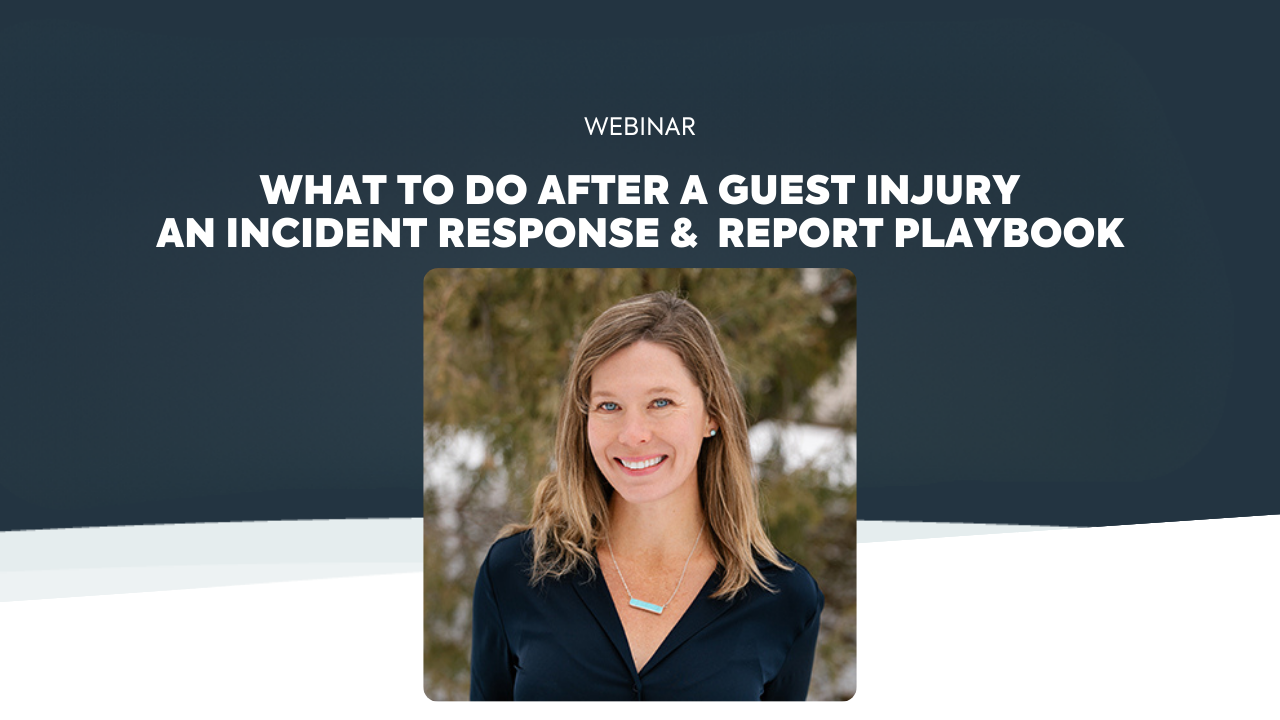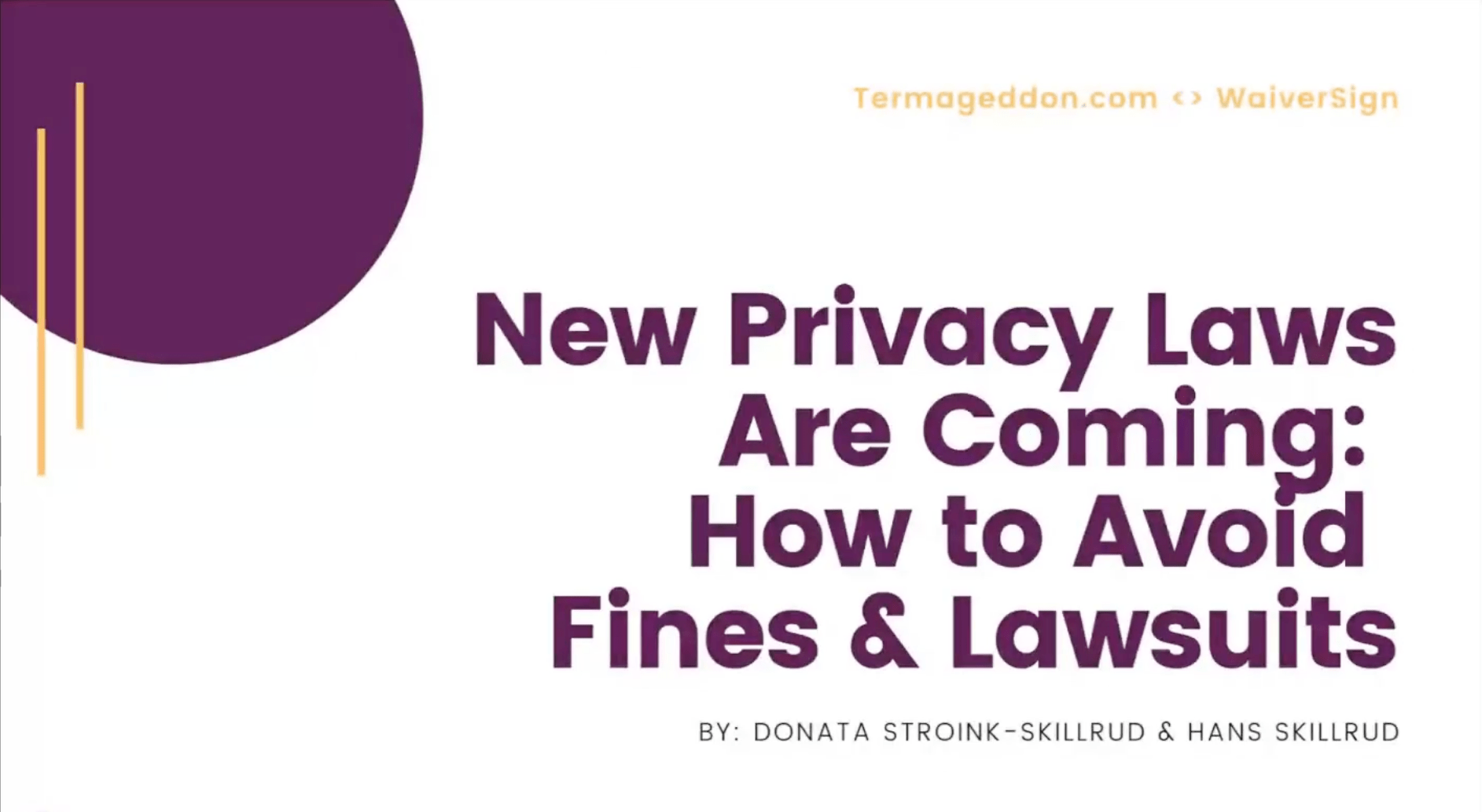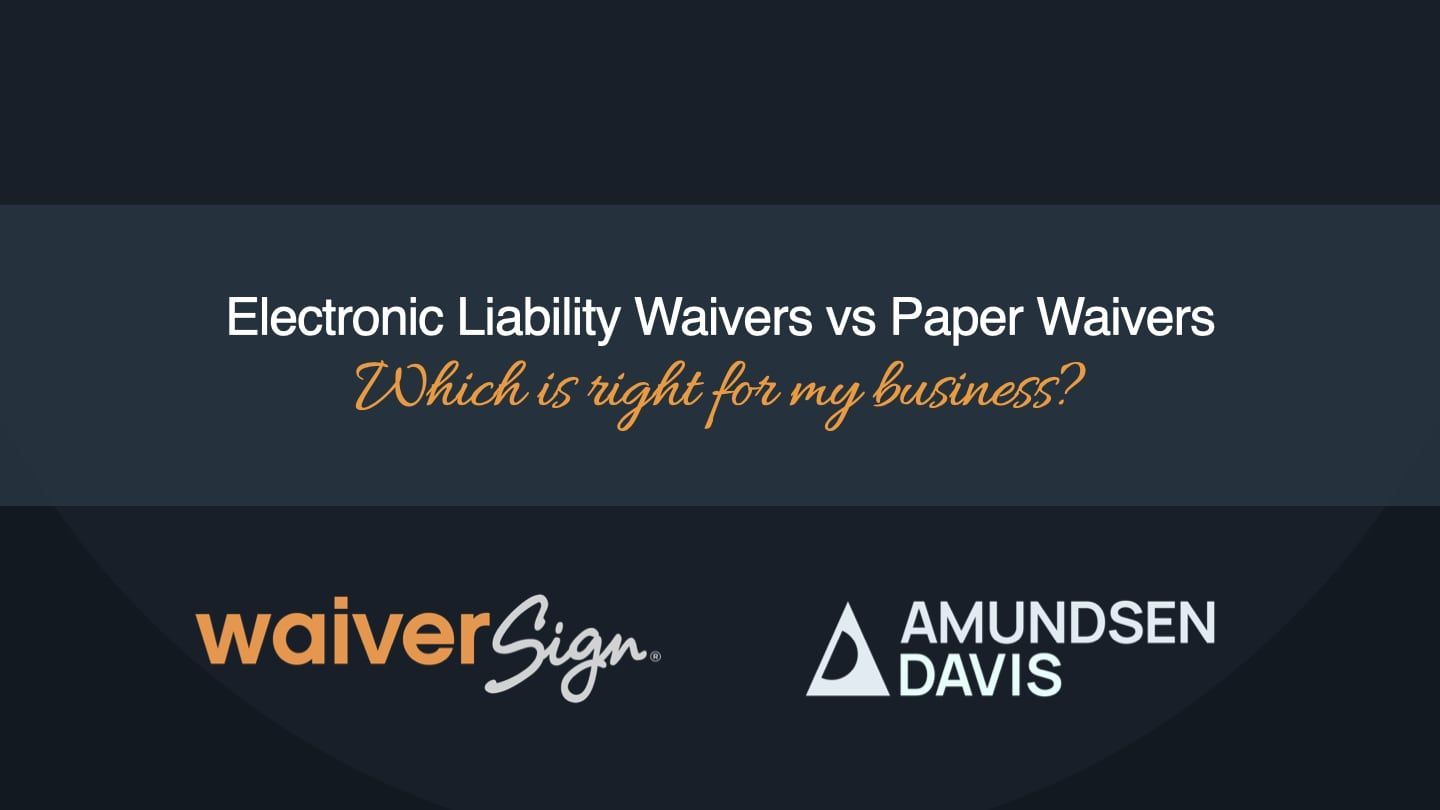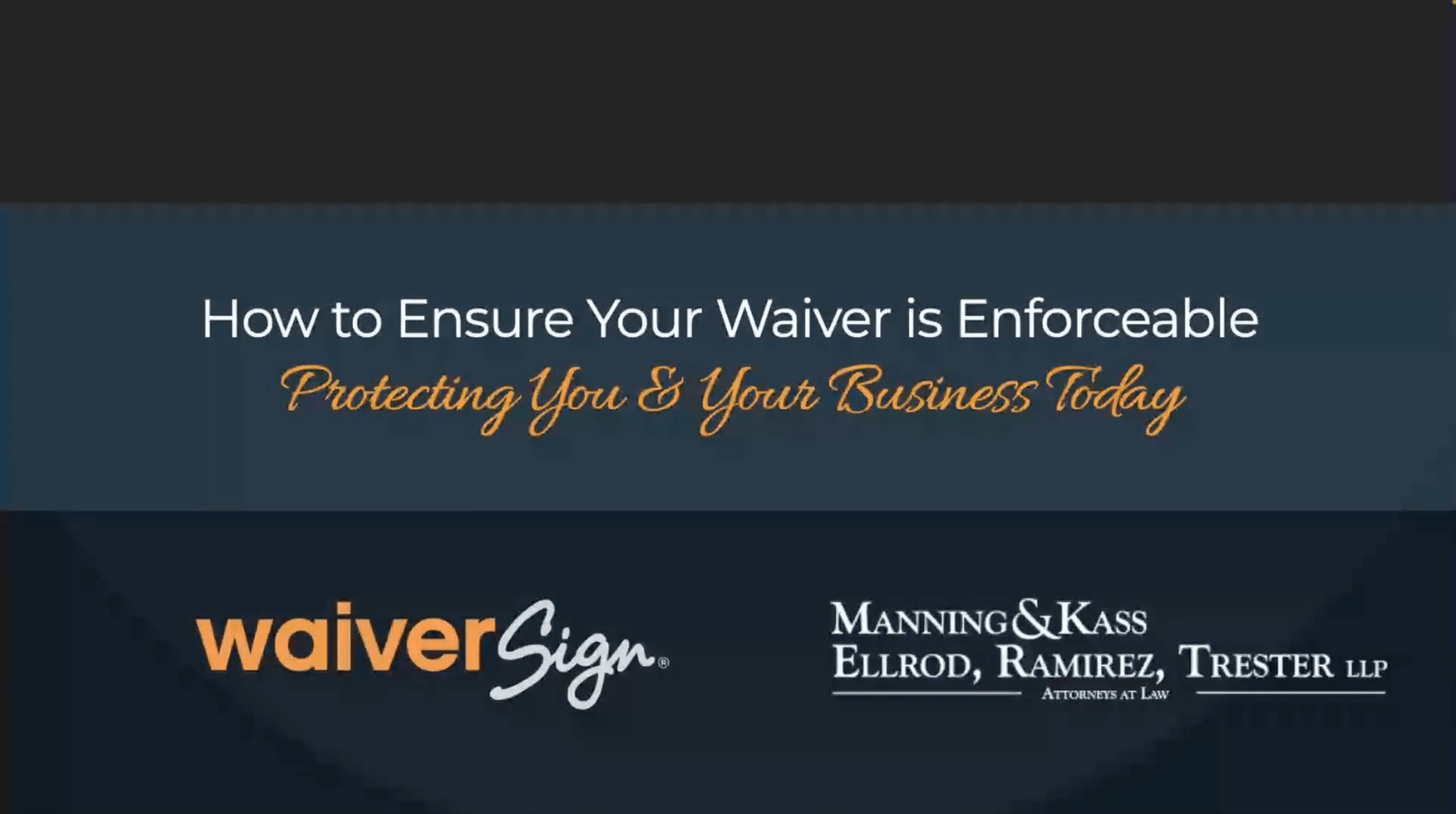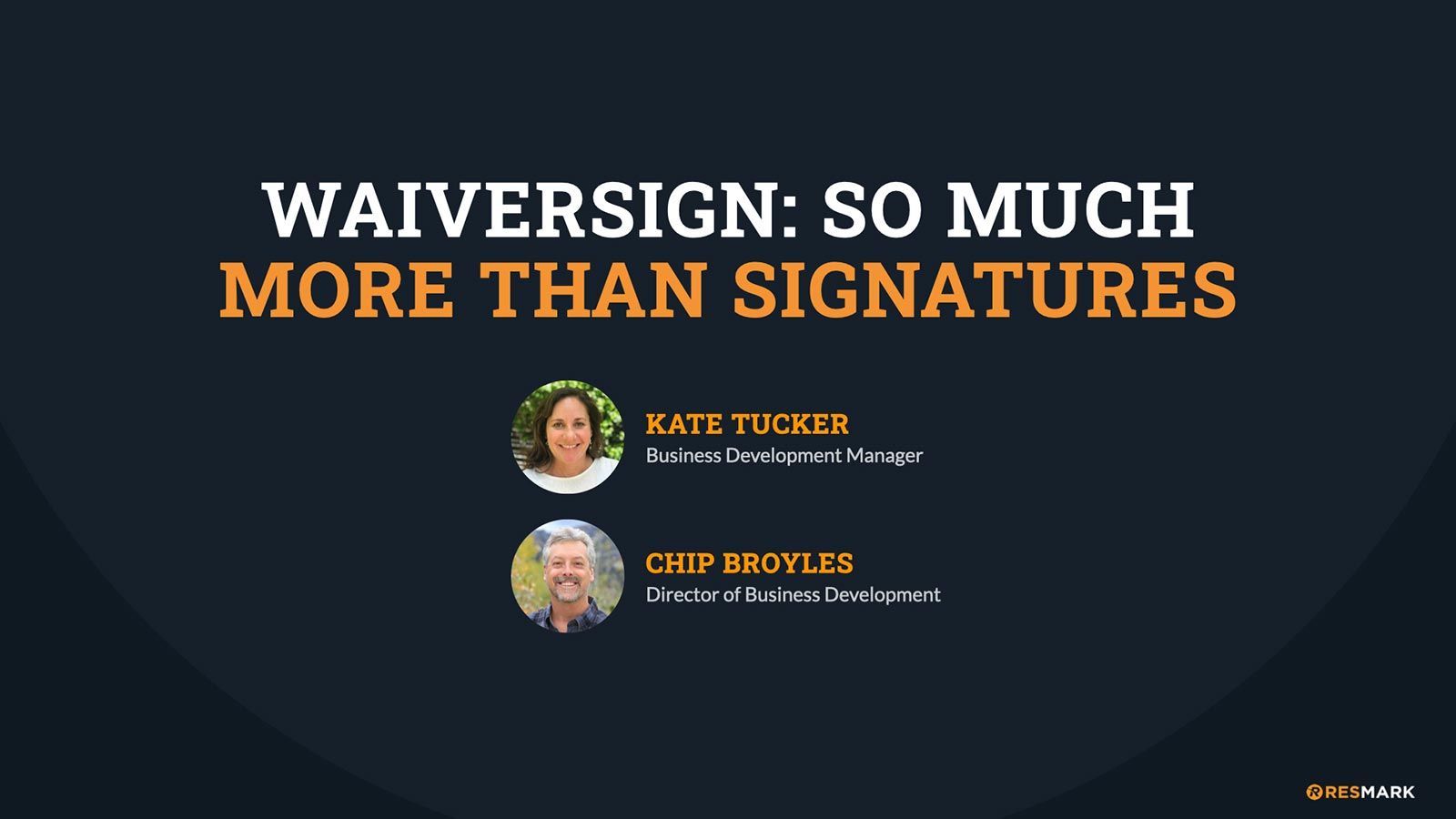The Hidden Dangers of Using AI Tools in Drafting Legal Documents
Webinar Replay
✅ How accurate is AI in legal scenarios?
✅ Does AI understand the nuances of your business and local regulations?
✅ Can you rely on AI when your waiver is your only line of defense in court?
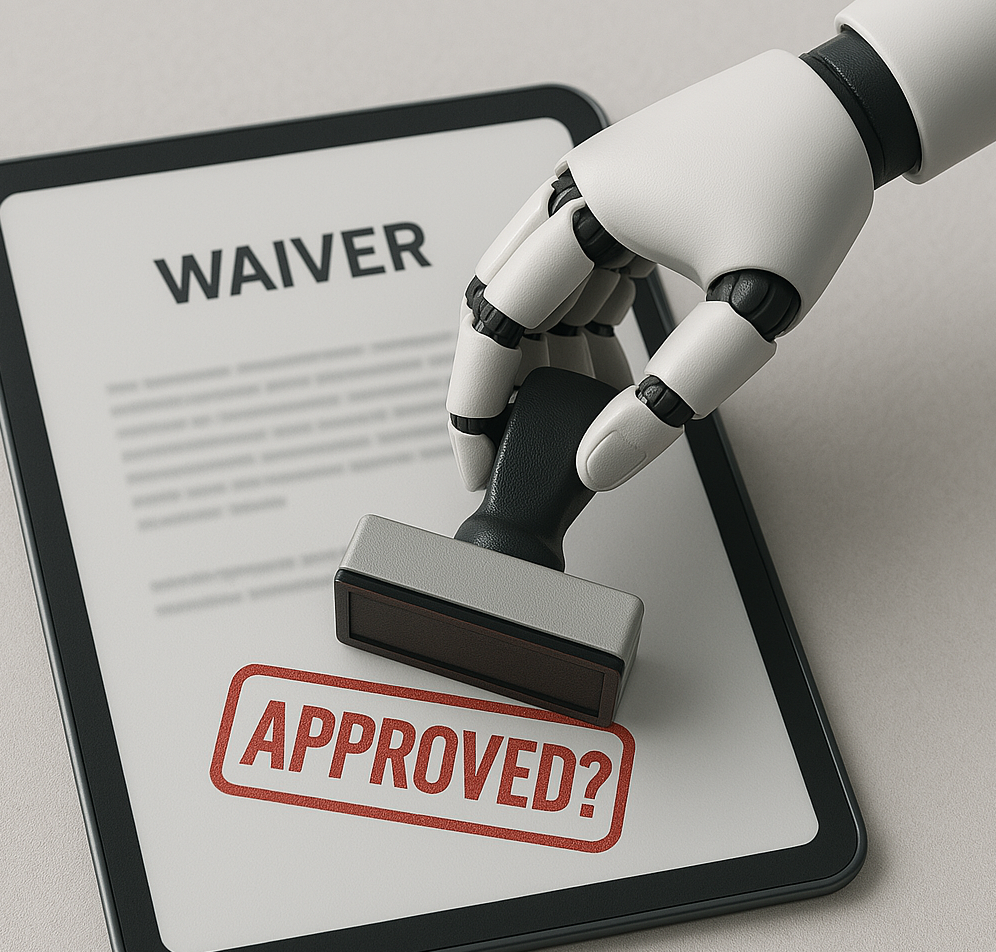
Ever wonder how accurate AI is for legal documents?
Watch this webinar with litigation attorney
Max Goodman of Amundsen Davis to uncover the real risks of relying on AI tools to draft waivers and other legal documents. We’ll explore how accurate AI is in legal scenarios, highlight the most common mistakes, and show you how to safely integrate AI into your workflow without exposing your business to liability.
Key Takeaways:
1. The AI Waiver Gap: Why “Good Enough” Isn’t Enough
- Common legal blind spots in AI-generated waivers
- Why missing clauses (like venue or parental consent) can make your waiver useless in court
2. The Risk of “Almost Legal” Documents
- Real-life examples of AI-drafted waivers that failed in court
- How “almost legal” documents can still lead to full liability
3. Smarter Use of AI for Legal Needs
- Where AI can help (vetting, drafting, brainstorming)
- When to involve an attorney—and how to do it cost-effectively
The AI Illusion: Easy Doesn’t Mean Safe
Artificial Intelligence has transformed the way business owners operate, from marketing automation to customer service bots. But when it comes to legal documents, ease and automation can become liabilities instead of assets.
In the recent webinar “Copy-Paste Catastrophes: Why AI Alone Isn’t Enough for Liability Waivers,” litigation attorney Max Goodman shared a behind-the-scenes look at how AI-written legal content can fall short of protecting businesses. Joined by moderator Nikki Dee and Brandon Lake from WaiverSign, Max explained the legal risks often overlooked when relying on AI-generated waiver language.
“You might get a waiver that looks legit on paper, but that doesn’t mean it’ll hold up in court.”
AI-Generated Waivers: What’s the Real Risk?
Max began by explaining the fundamental problem: AI models are trained on publicly available text. This includes outdated, overly general, or jurisdictionally irrelevant waiver templates. Many business owners assume a waiver that “sounds professional” is also legally binding.
The problem? Most AI-generated waivers aren’t tailored to the activity, the risk level, or the specific state laws governing waivers and releases. That means they may be unenforceable when it matters most.
“It’s not about what the waiver says. It’s about whether it meets the legal standards of your state.”
Max gave examples of court cases where waivers were thrown out due to vague wording, poor formatting, or missing disclosures. He emphasized that even minor omissions, like failing to include a parent signature for minors, can cost a business thousands in legal fees.
Human Review is Non-Negotiable
Throughout the session, Max made it clear that AI is a helpful starting point, but not the final step. Smart business owners may use AI tools to draft early versions, but then have their documents reviewed by a qualified attorney.
“AI doesn’t understand context. It doesn’t know your business model, your customer demographics, or your state’s case law.”
He also highlighted how some AI-generated waivers include contradictory clauses. In legal terms, that’s a recipe for a judge to toss the entire document.
What Makes a Waiver Enforceable?
Max outlined several elements every strong waiver should include:
- Clear language that’s understandable by the average adult (no legalese)
- Specific description of the activity and associated risks
- Assumption of risk clause, where participants acknowledge understanding and accepting the risk
- Release of liability that applies to the correct state or jurisdiction
- Parental consent sections for minors
- Time-stamping and digital audit trails for online forms
He warned that AI doesn't always include these elements. And even when it does, the wording may not align with state-specific rules.
“The difference between a valid waiver and a void one is often one sentence or one signature.”
Why Digital Waivers Still Need Legal Strength
Brandon Lake jumped in to discuss the advantages of digital waiver platforms like WaiverSign. These tools ensure participants sign and timestamp waivers properly, and they allow businesses to track and store waivers securely.
But he agreed with Max: the technology is only as good as the document behind it.
“A perfectly stored waiver that’s legally invalid is just a liability waiting to happen.”
That’s why WaiverSign works with legal experts to offer customizable templates. Business owners get the benefits of efficiency while still ensuring legal strength.
Bottom Line: AI Plus Attorney Equals Protection
As AI becomes more integrated into everyday business operations, Max urged attendees not to fall for the cut-and-paste trap. Liability waivers are not just formalities. They are legal shields. If they’re flawed, your business is exposed.
The takeaway? Use AI to streamline the process, but always partner with a legal professional to finalize critical documents. In legal matters, precision matters more than convenience.
Waiver Safety FAQs
What’s the real risk of using AI-generated waivers without legal review?
AI-generated waivers may look professional, but they often fail to meet the legal standards required in your state. They might be missing key clauses, use vague language, or contradict themselves—any of which could render them unenforceable in court.
Why isn’t a professional-sounding waiver enough to protect my business?
A waiver that sounds official doesn’t guarantee legal protection. Courts look for specific elements like clear risk disclosure, state-specific language, and proper formatting. AI tools don’t reliably deliver those details without human oversight.
Can I use AI to draft a waiver if I still have a lawyer review it?
Yes, that’s actually the best approach. AI can help you generate a rough draft quickly, but you need a qualified attorney to make sure the final version aligns with legal standards and fits your business activities.
What’s one common reason a court might throw out a waiver?
Missing or unclear language about the risks involved in the activity is one of the top reasons. If the participant wasn’t properly informed or didn’t clearly accept the risks, the waiver might not hold up in court.
How can a digital waiver system like WaiverSign help with legal compliance?
WaiverSign ensures that your waivers are securely signed, timestamped, and stored. It supports digital audit trails and helps enforce good documentation practices. But the waiver content itself still needs to be legally sound from the start.
Is it possible for an AI-written waiver to include contradictory clauses?
Yes, and that’s a big concern. AI doesn’t always recognize legal inconsistencies. If one section of the waiver contradicts another, a judge may throw out the entire document—even if it was signed.
Our Presenter

Max Goodman
Max Goodman is a Partner at the law firm, Amundsen Davis, LLC headquartered in Chicago, Illinois. He is the Chair of Amundsen Davis’s Fitness & Wellness Services Group and a member of the firm’s Commercial Litigation and Hospitality Practice Groups. Max represents businesses in the health, wellness, and fitness industries where he partners with business owners to deliver informed advice and counsel concerning business and legal needs.

